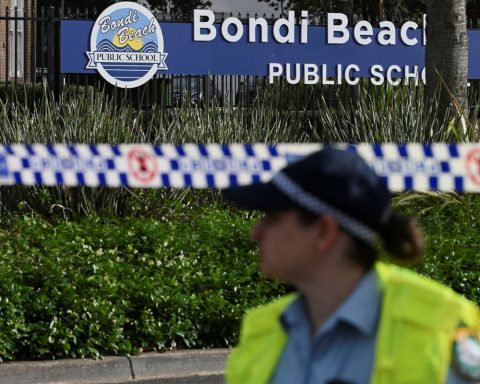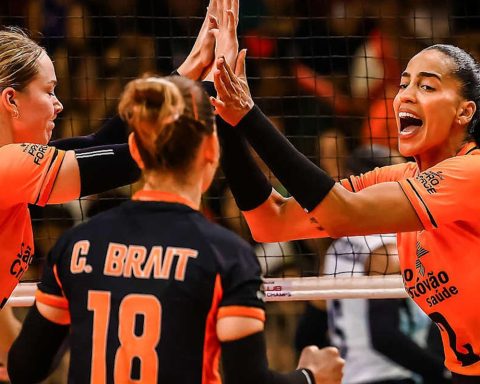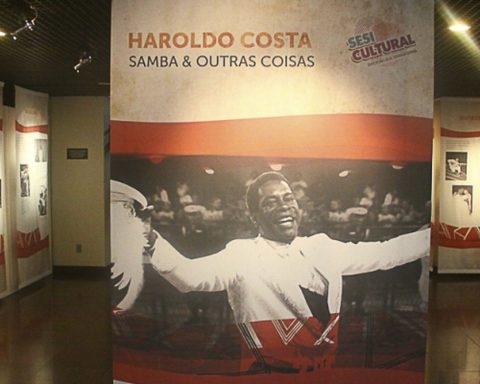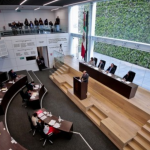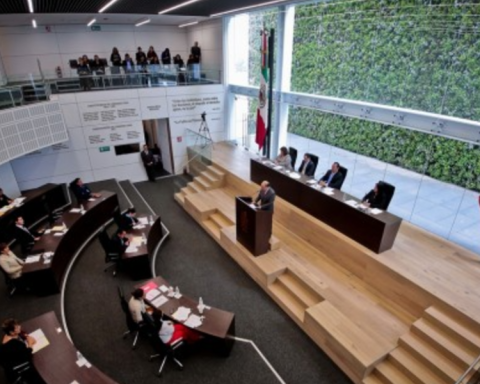In actions carried out this Tuesday (4), Military Police teams removed from the streets of Rio de Janeiro nine war rifles used by criminal groups in various parts of the city. In all, 26 men were arrested during the operations, in addition to seizing a 12-gauge shotgun, a submachine gun, eight pistols and two grenades.
A wave of violence takes over Rio de Janeiro over the months, with groups of criminals fighting for dominance of communities. Examples of this are the acts that have been taking place on Morro do Fubá, between Campinho and Cascadura, in the north zone, and the exchange of fire between militiamen and drug dealers for control of the hills of Praça Seca, also in the north zone.
Two rifles were seized by teams from the 9th PM battalion (Rocha Miranda) in the Comunidade do Fubá, in Campinho; two were apprehended by the 41st BPM (Irajá) in Comunidade da Pedreira, in Costa Barros; another in Comunidade do JJ, in Tomás Coelho, by police officers from the 3rd BPM (Méier); in the Community of Lagoinha, in Campos Elíseos, by the teams of the 15th BPM (Duque de Caxias); and three more in the Vila Aliança Community, in Bangu, in a joint action between the 14th BPM (Bangu) and specialized Civil Police stations. This last action resulted in the arrest of the head of local organized crime, Rafael Alves, known as Peixe, and two other accomplices.
The drug dealer is named as one of the leaders of the Third Command Pure (TCP). In February of this year, civil police officers who participated in the Tourniquet Operation carried out action in the same community. At the time, 16 people were arrested and 37 vehicles recovered. Investigations also indicate that Peixe’s group would be joining the militia to expand territories in the western zone of the city.
In a note, the corporation reported that “the positive balance is a reflection of the set of strategies and actions conducted by the command of the Military Police. The objective is to repress the activity of organized crime and intercept criminals who persist in this activity, either in communities or in the urban perimeter as a whole”.

